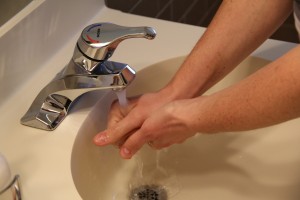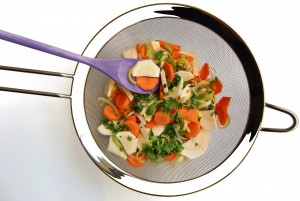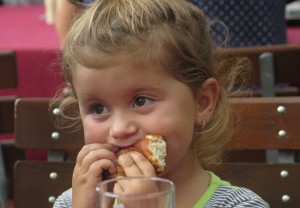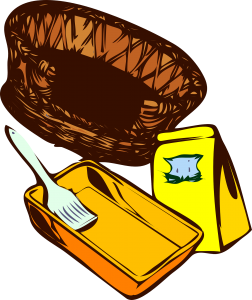Teaching kids to be organized, whether it’s at home or at day care or school is an important lesson they’ll benefit from throughout their lives. Organization helps with work, relationships, and even play. Here are some ways you can show your kids how to be organized while making it a fun lesson.
Keeping Toys in Order
If you’ve ever walked into your kid’s room and every toy was out of its box and dolls and figurines were strewn all over the floor, you know how much organization would help tremendously. We all want our kids to have fun, but there comes a time when they need to clean up and put their toys away. One way to make the clean-up fun is to make it part of play. You can get a few bins and decorate them according to the type of toy that goes inside. Dolls can go into a bin decorated like a little house. Toy cars can get stowed away in a bin decorated with wheels and bumper stickers taped on. You can have fun decorating and the kids will look forward to putting their toys in their rightful resting places. The lesson? They won’t misplace small parts or accidentally trip over something left on the floor. As the kids get older, they’ll have more valuable items to care for and their organizational skills will keep them in check.
Maintaining a Neat Closet and Drawers
It seems like kids never want to put their clothing in the hamper or back in their closet or drawers. Sure, it’s easier to drop clothing wherever you take them off, but kids can easily realize that it takes the same amount of time to put it away where it belongs. Just like they have their own cubby at their child care center, Pre-K, or school, they have their own spots at home where they need to keep their belongings too. Teach them that when their clothing is neat and organized, they will be able to find exactly what they want to wear before school and clothing won’t be wrinkled or misplaced. Keeping clothes organized is a positive habit children will need more and more as they get older and have a larger wardrobe.
Managing School Work and Extracurricular Activities
Start at a young age and keep a work and activities calendar with your kids. They can help you fill in all the details such as when homework is due, when they have tests, when they have sports practice, dance school, playdates, etc. When kids can see all their activities and due dates laid out, they will feel more organized, in control, and less stressed. As kids get older, they can start to keep track of their own activities and school work. This type of organization will help kids excel in school and eventually, as an adult in the workplace. They’ll thank you for teaching them these proper organizational skills from the start.
How do you get your kids to stay organized? Please read more information like this by visiting All My Children.
By: Melissa A. Kay









